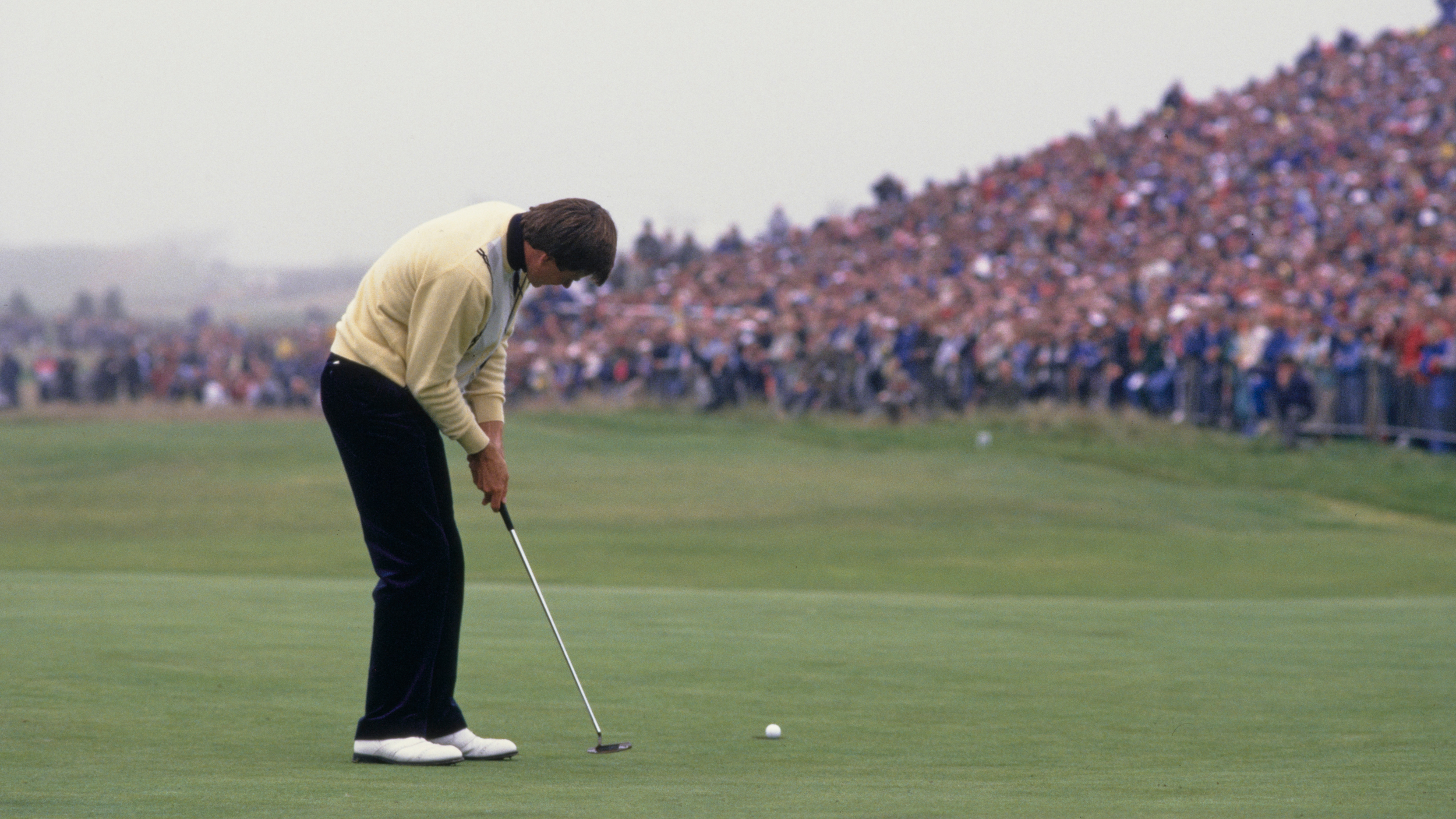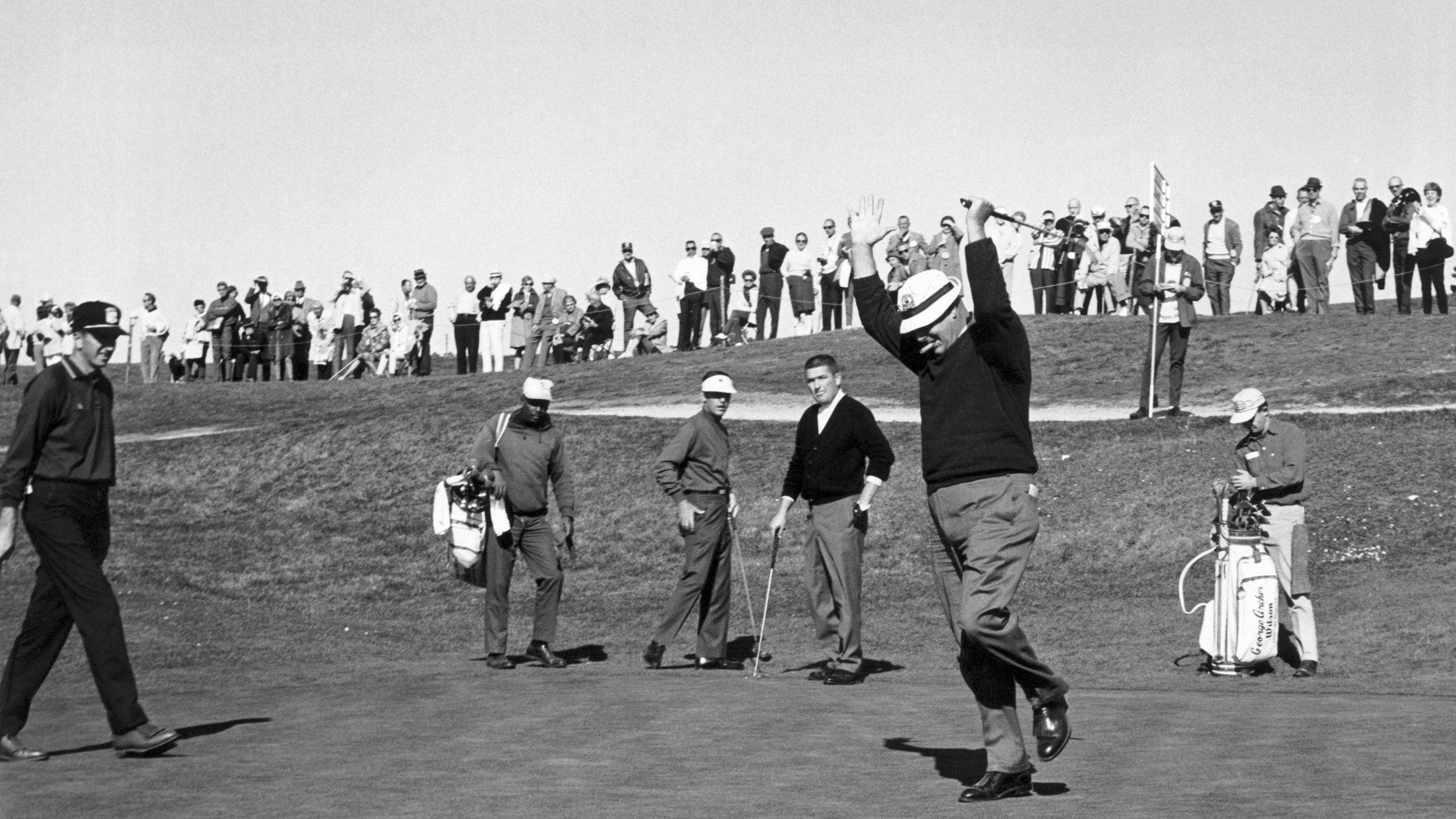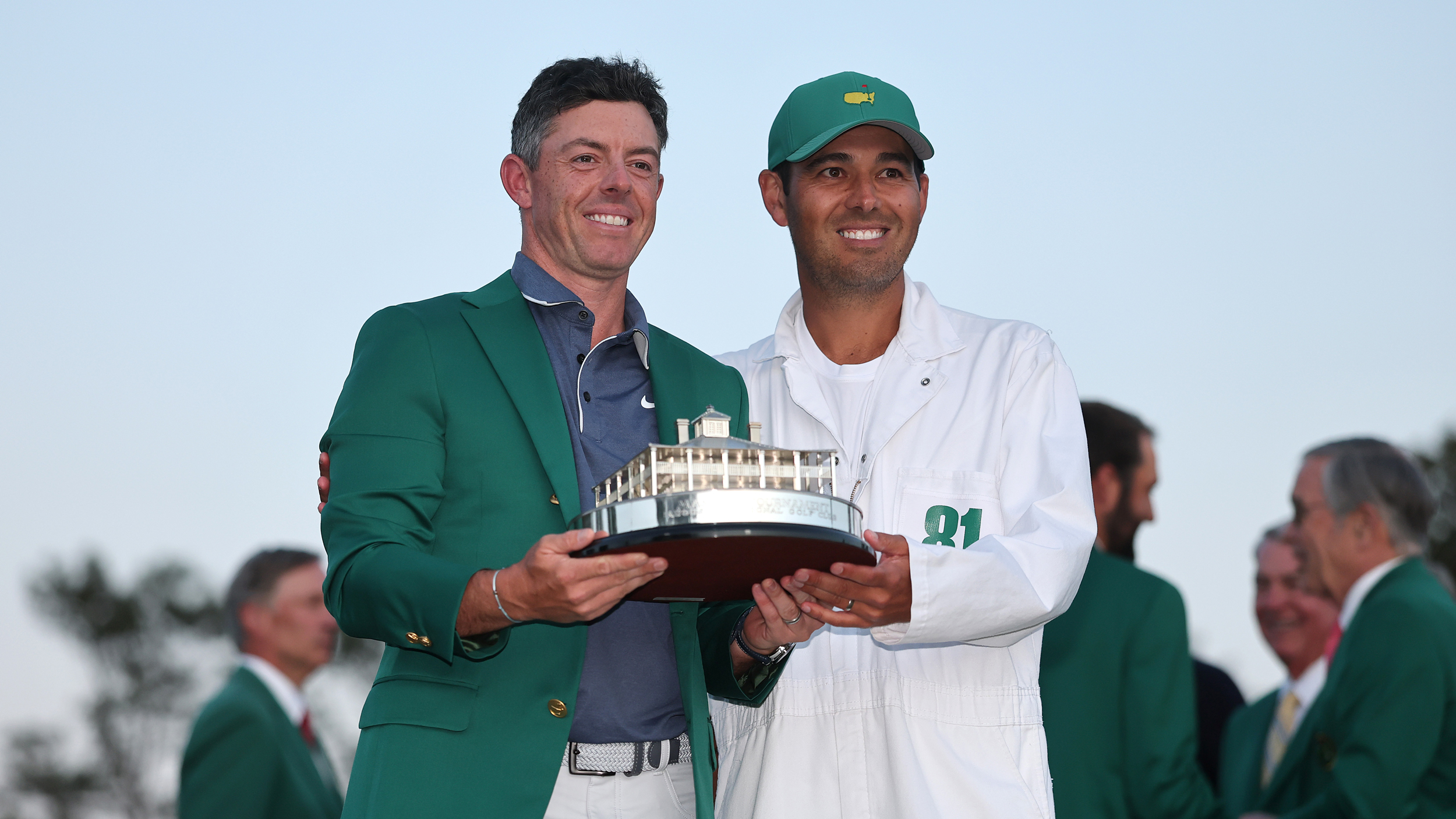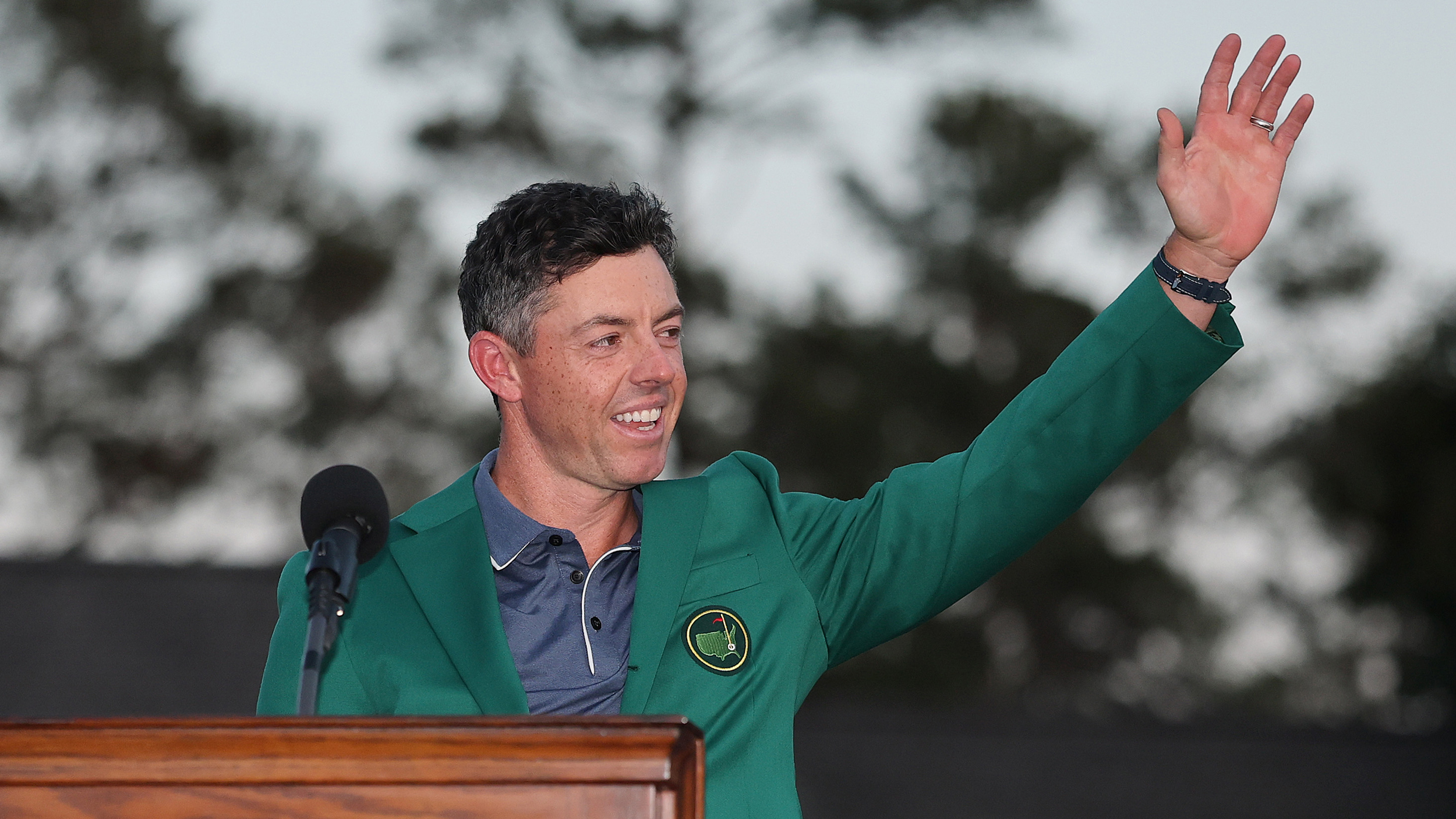The Dream Level-Par Round – 18 Pars Or Equal Mix of Birdies, Pars And Bogeys?
The dream level-par round – Jeremy Ellwood and Fergus Bisset debate whether it’s better to be super steady or to demonstrate potential.


The dream level-par round – 18 straight pars or an equal mix of birdies, pars and bogeys?
Dream level-par round - 18 straight pars
says Jeremy Ellwood
Looking back, I reckon I’ve parred entire front nines or back nines in my time, maybe even tiptoed up to 10 or 11 consecutive pars.
But never all 18, and it’s something I would like to achieve even if my chances are now slim as my golfing ability wanes.
I guess it’s all about consistency versus inconsistency, and while I suspect I make at least one birdie in more rounds than I don’t, I fear that my game and swing will never be consistent enough to get me through 18 holes unscathed.
That would be the dream – to survive a whole round without one single shot-dropping mistake. Wouldn’t that be satisfying?
But isn’t that also a bit negative, I hear you say – focusing on eliminating mistakes rather than making gains.
Get the Golf Monthly Newsletter
Subscribe to the Golf Monthly newsletter to stay up to date with all the latest tour news, equipment news, reviews, head-to-heads and buyer’s guides from our team of experienced experts.
Maybe, and I guess you don’t get the same highs and lows of the more mixed route to a level-par round.
But such a round will inevitably still bring the ups and downs that go into making golf such an enthralling game - the disappointment of not birdieing that eminently reachable par 5 can still be countered by the gratifying, hard-fought par on that testing 462-yard uphill two-shotter you rarely reach.
The most famous round of 18 straight pars is Nick Faldo’s to clinch The Open at Muirfield in 1987.
That was anything but plain-sailing in tough conditions, right down to the final five-footer he left himself to retain his blemish-free scorecard.
But I don't think Sir Nick will have been too bothered about how his score was compiled as he knocked it in to secure the 18th consecutive par that would see him home by one from Paul Azinger and Rodger Davis to get his hands on the Claret Jug for the first time.

The dream level-par round – 18 straight pars or an equal mix of birdies, pars and bogeys?
Birdies and Bogeys
says Fergus Bisset
A round of level par containing six birdies requires exceptional golfing prowess and performance.
It also demonstrates incredible potential for even lower scoring.
To birdie six holes out of 18 a player must possess power, precision, and a great putting touch.
One of every three holes completed under par is quite something.
It’s thrilling to make birdies.
There are few better golfing feelings than sinking a putt to get one over on the course. Do it six times in a round, endorphin levels will be off the chart.
But what about those six bogeys? Well therein lies the essence of golf’s compelling nature - The thought that, next time, something truly special could happen.
A bogey is a minor blip, a small correctable error caused by a narrowly missed fairway or an unfortunate three-putt. With practice those minor mistakes can be limited.
That’s surely an achievable objective for a golfer capable of six birdies in a round. If they can eliminate 50% of the mistakes, they’ll be shooting under par.
A level par round is the preserve of the elite golfer, but the principle is the same for handicap players.
If you’re posting scores containing several nett birdies, it’s clear you have the capability to improve your scoring by cutting out mistakes.
If you’re steady on the pars or nett pars, there’s not a great deal you can do to shoot lower, save for taking more risks and bringing nett bogeys and worse into the equation.
18 straight pars may sound cool, but a level par round featuring six birdies, six bogeys and six pars wins.
All golfers must be optimists and, with the mixed round of level par (or nett par,) there’s real hope to go out next time and replicate the good whilst eliminating the bad.
The quest for golfing perfection is futile, but it’s also compulsive.

Fergus is Golf Monthly's resident expert on the history of the game and has written extensively on that subject. He has also worked with Golf Monthly to produce a podcast series. Called 18 Majors: The Golf History Show it offers new and in-depth perspectives on some of the most important moments in golf's long history. You can find all the details about it here.
He is a golf obsessive and 1-handicapper. Growing up in the North East of Scotland, golf runs through his veins and his passion for the sport was bolstered during his time at St Andrews university studying history. He went on to earn a post graduate diploma from the London School of Journalism. Fergus has worked for Golf Monthly since 2004 and has written two books on the game; "Great Golf Debates" together with Jezz Ellwood of Golf Monthly and the history section of "The Ultimate Golf Book" together with Neil Tappin , also of Golf Monthly.
Fergus once shanked a ball from just over Granny Clark's Wynd on the 18th of the Old Course that struck the St Andrews Golf Club and rebounded into the Valley of Sin, from where he saved par. Who says there's no golfing god?
-
 'This One Is Just As Much His As It Is Mine' - Rory McIlroy Pays Emotional Tribute To 'Big Brother' Harry Diamond After Historic Masters Win
'This One Is Just As Much His As It Is Mine' - Rory McIlroy Pays Emotional Tribute To 'Big Brother' Harry Diamond After Historic Masters WinThe 2025 Masters champion couldn't hold back the tears when discussing the importance of his relationship with caddie Harry Diamond
By Elliott Heath Published
-
 Rory 2.0 Was Born At The 2025 Masters... McIlroy Is Now Free Of His 11-Year Major Burden
Rory 2.0 Was Born At The 2025 Masters... McIlroy Is Now Free Of His 11-Year Major BurdenThe Northern Irishman dug deeper than he ever had to get over the line and finally seal the missing green jacket to his career grand slam puzzle
By Elliott Heath Published